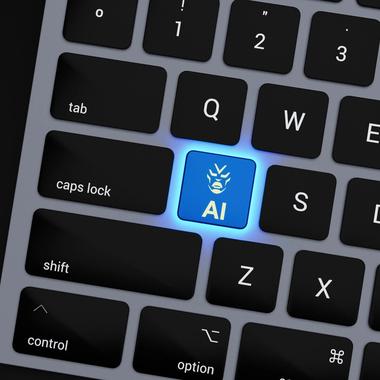Push notifications are a powerful tool for increasing user engagement and re-engaging inactive customers. Though they can be tricky to get right, they are one of mobile apps’ many secret weapons. When done correctly, they can significantly increase your app’s interaction by delivering targeted messages directly to the user’s home screen, making it much more likely that they’ll read, acknowledge, and act on the message..
Push notifications are a fantastic way of re-engaging customers and getting them back using an app. Although Android has now enabled push notifications from websites, iOS has not. This means the vast majority of push notifications are sent via mobile apps. And they have a significant impact.
Research conducted by Invesp shows that push notifications increase app engagement by 88%. When push notifications are enabled, 65% of users return to an app within 30% days. Additionally, you’re approximately four times more likely to retain a user with push notifications enabled than a user who disables them.
However, push notifications’ success depends on how you use them. Sending too many messages or at the wrong times can lead to users disabling notifications or even uninstalling your app altogether. Industry best practices suggest that sending notifications during lunchtime or in the evening, outside of traditional work hours, is the most effective approach.
We also recommend sending just one push notification a week. Send more, and you drastically increase the probability of users disabling notifications or deleting the app.
Personalisation is another key factor in making push notifications successful. Tailoring messages based on user behaviour, preferences, or past interactions increases the likelihood of engagement. For example, Netflix excels at this by sending personalised notifications recommending shows or reminding users of new releases based on their viewing history.
By carefully managing frequency, timing, and personalisation, push notifications can become a valuable strategy for driving engagement and increasing user retention within your mobile app.







